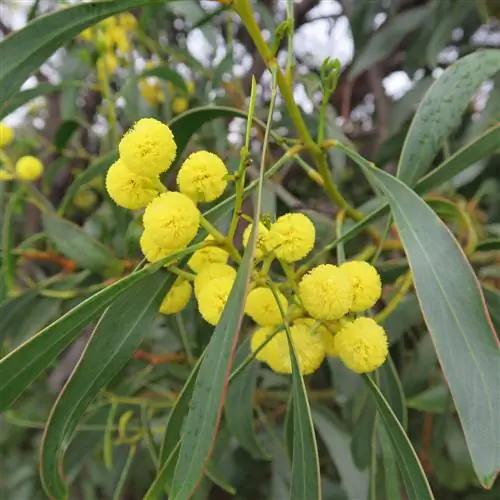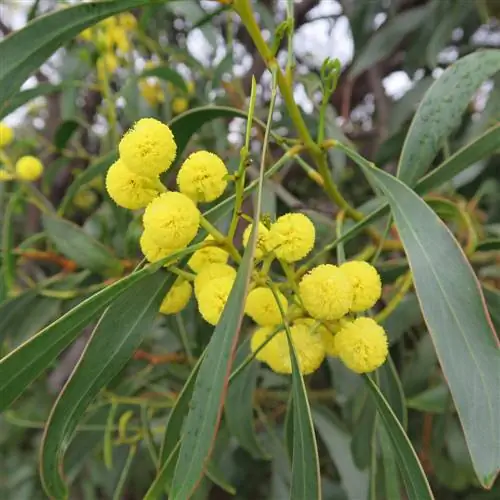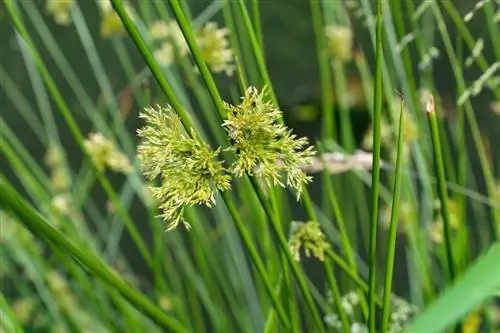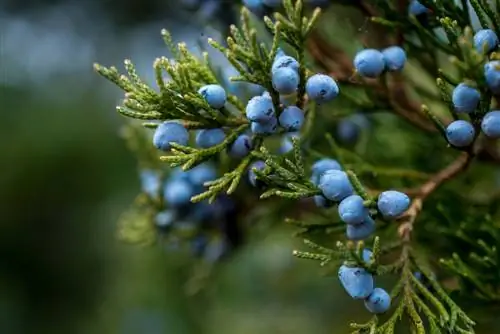- Author admin [email protected].
- Public 2023-12-16 16:46.
- Last modified 2025-01-23 11:21.
No question, the exotic appearance of the acacia is quite impressive. But no matter how beautiful the deciduous tree may look, it should be treated with caution. Certain parts of plants contain poisons that can be dangerous to other living beings. Read here what the toxic properties of the acacia tree are all about.

Is the acacia poisonous?
The acacia is poisonous in small quantities and primarily serves as protection against predators. However, the related robinia is significantly more poisonous, with all parts of the tree except the flowers being considered toxic. Nausea, abdominal cramps and other symptoms may occur upon contact or consumption.
Poison to protect against predators
The acacia tree is not particularly toxic. However, consumption is strongly discouraged. Animals that still dare to harm the deciduous tree as a food source learn the meaning of the saying “We learn from mistakes.” The acacia has developed a protective mechanism that protects it from predators. When an animal gnaws on a tree, it produces the scent ethene, which warns neighboring trees of the pest. These then react by forming toxic substances, so-called tannins, in the leaves. If the animal continues to wander and feeds on the remaining trees, it will poison itself from the tannins.
Robinia is particularly poisonous
Much more poisonous than the acacia is a close relative, the robinia, also known as the false acacia. Here, all parts of the tree except the flowers are extremely poisonous. The bark in particular is classified as highly toxic and can even cause death in animals.
Who is at risk?
- Children (the bark smells sweet and has a lovely taste, which results in a high risk of temptation)
- Workers and gardeners inhaling the dust while sawing the branches
- Cattle
- Horses
- Dogs
- Cats
- Birds
- Small game such as hares and rabbits
First symptoms are nausea and abdominal cramps. Later, dizziness, fatigue, diarrhea, balance problems, uncontrollable twitches or blindness occur. A clear sign is dilated pupils.






